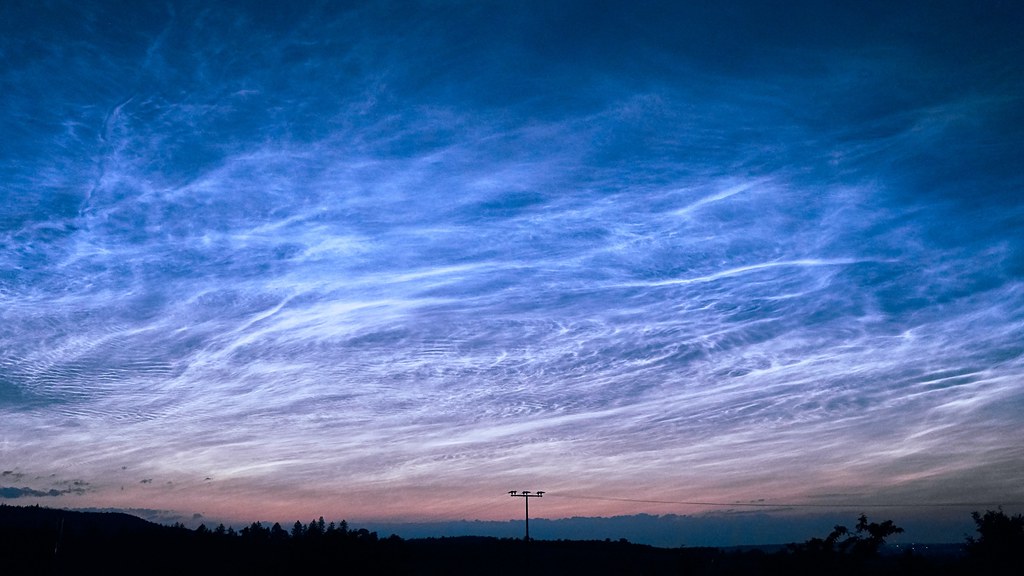The importance of accurate modelling
Being able to create and run models of the Earth’s atmosphere has great environmental and societal benefits. It allows us to make short-term predictions of weather, as well as long-term predictions of our changing climate. The general rule of thumb for these models is that the further forward in time you want to simulate, the more of the atmosphere you need to represent. Normally, this means extending these models upwards.
But, when we extend these models up to the edge of space beyond around 100km altitude, strange things start to happen. There are major biases between the models when compared to observations. For example, during winter around the poles, the modelled winds blow in the wrong direction for half the year compared to observations. This sort of disparity between prediction and reality can have real implications. After the recent launch of Elon Musk’s Starlink satellites in 2022, 38 of 49 satellites came crashing down when a solar storm affected drag in the upper atmosphere. The dramatic impacts of the storm on the upper atmosphere were not predicted because of incomplete modelling.
Simulating unpredictable waves
One of the main issues behind modelling circulation biases is the poor representation of atmospheric waves. Just like the surface of the ocean, the atmosphere is full of waves. These waves travel through the atmosphere transferring energy and momentum between different layers, driving large-scale circulations around the globe. We can’t simulate the upper atmosphere without them but because of their small size, they are notoriously difficult to simulate in models. Further, new discoveries suggest that in the upper atmosphere, these waves can even break and split into multiple secondary waves. These are completely absent in our current operational upper atmospheric models used for forecasting.
On the brink of space... and a new discovery
Being able to model these secondary waves will hugely improve the accuracy of simulations. Through SURGE, Neil will use a suite of satellite and ground-based observations to detect, measure and quantify secondary atmospheric waves at the edge of space, and constrain the forcing of the primary waves below that generated them. The global distribution and behaviour of these waves is completely unknown so this research will lead to new discoveries beyond our current knowledge. Neil and his team will then perform and analyse new state-of-the-art global and regional modelling simulations with experimental representations of these waves to see how well they match the observations.
"This research will provide the fundamental missing information that will allow the next generation of global atmospheric models to be extended from the surface to the edge of space. It will enable truly whole-atmosphere modelling with the required accuracy."
The results will be put into real use by the UK Met Office, who currently plan to extend their model upwards to provide ever more accurate forecasts of weather, climate and the space environment. Throughout the fellowship, Neil also plans to improve access to science through hosting research placement students, developing activities for public engagement events and being an ambassador for NERC atmospheric and environmental science.
An exciting research opportunity
To achieve this, Neil has been awarded an Independent Research Fellowship (IRF) from the Natural Environment Research Council (NERC), part of the national UK Research and Innovation (UKRI) funding body. This five-year funding will allow him to make new discoveries in upper atmospheric modelling. It will also open doors to more research grants, and the funding for more staff or PhD students to build a research group in this area.
